The first heart transplant surgery was in 1967 in Cape Town, South Africa. After a 25-year-old woman died in a car accident, her heart was given to a 55-year-old man. Unfortunately, the man died only 18 days later. Rejection was common in early surgeries with most patients not lasting more than a couple of weeks, so not many were performed. In the coming decades, meticulous tissue-matching and improved medications increased survival rates.
Today, recipients of donated hearts have a survival rate of 90% after one year and 74% after five years. As research involving replacement organs from stem cells continues to progress, those numbers will hopefully increase.
Potential recipients undergo psychological evaluation for the surgery and they are also given a variety of tests regarding tissue type and to make sure they are healthy enough to sustain the new organ. Once a donor heart becomes available, recipient selection based on a number of factors, including time on wait list, prognosis, and proximity to the available donor organ.
When everyone is ready to proceed with the transplant, the recipient is put under general anesthesia and connected to a cardiopulmonary bypass machine. After the blood has been completely diverted from the heart, the old heart is extracted and replaced with the donor organ. After the new heart is sewn into place and the blood is brought back to the heart, the heart will be shocked into beating. Before they close up, the surgeon will monitor the heart is functioning properly without any leaks.
Video: https://www.youtube.com/watch?v=QGtLYtOwtxA
Source: http://www.iflscience.com/health-and-medicine/check-out-video-complete-heart-transplant
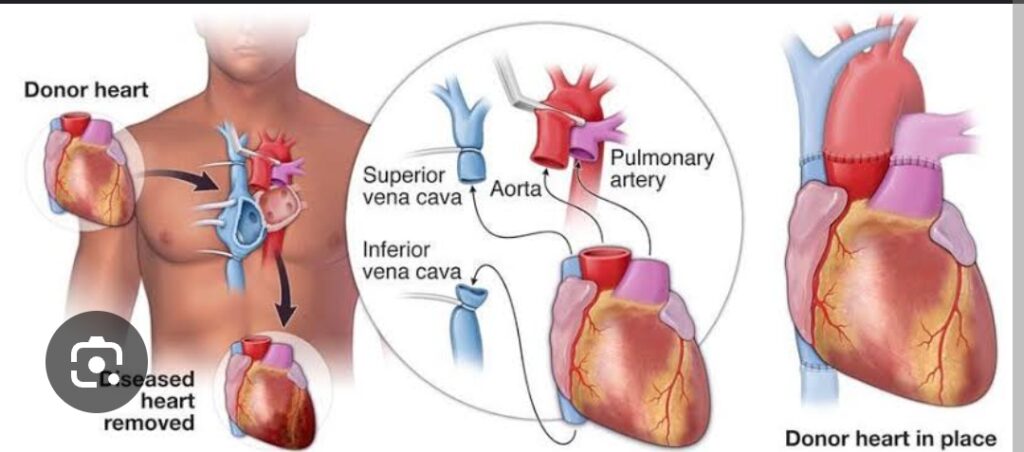

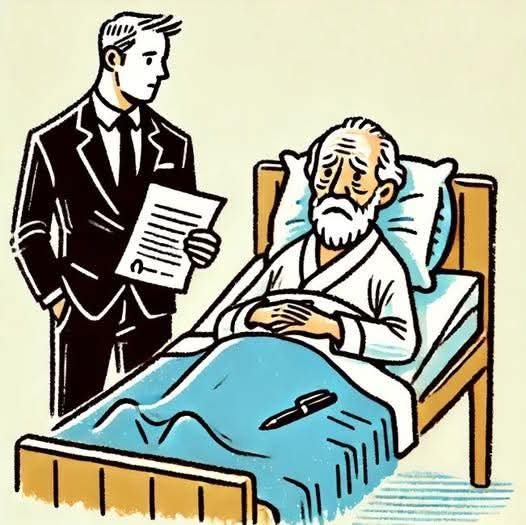

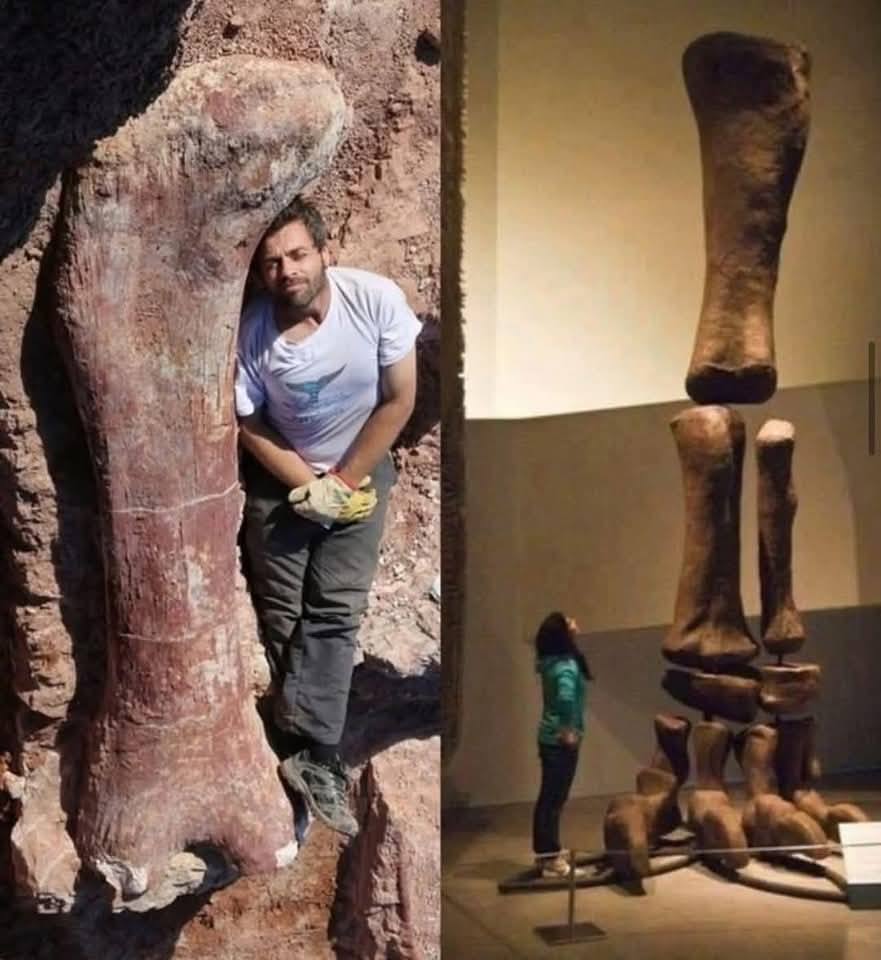
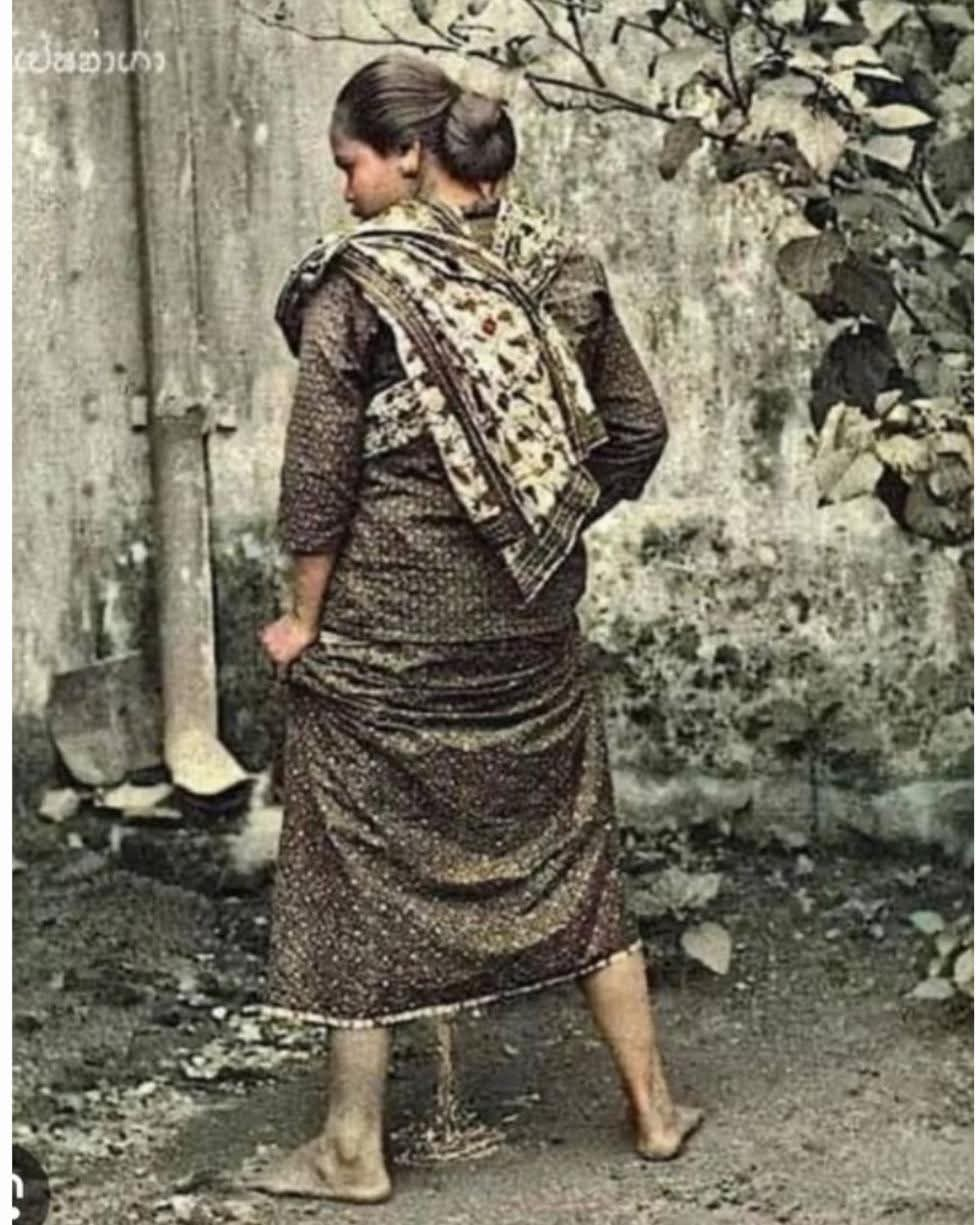

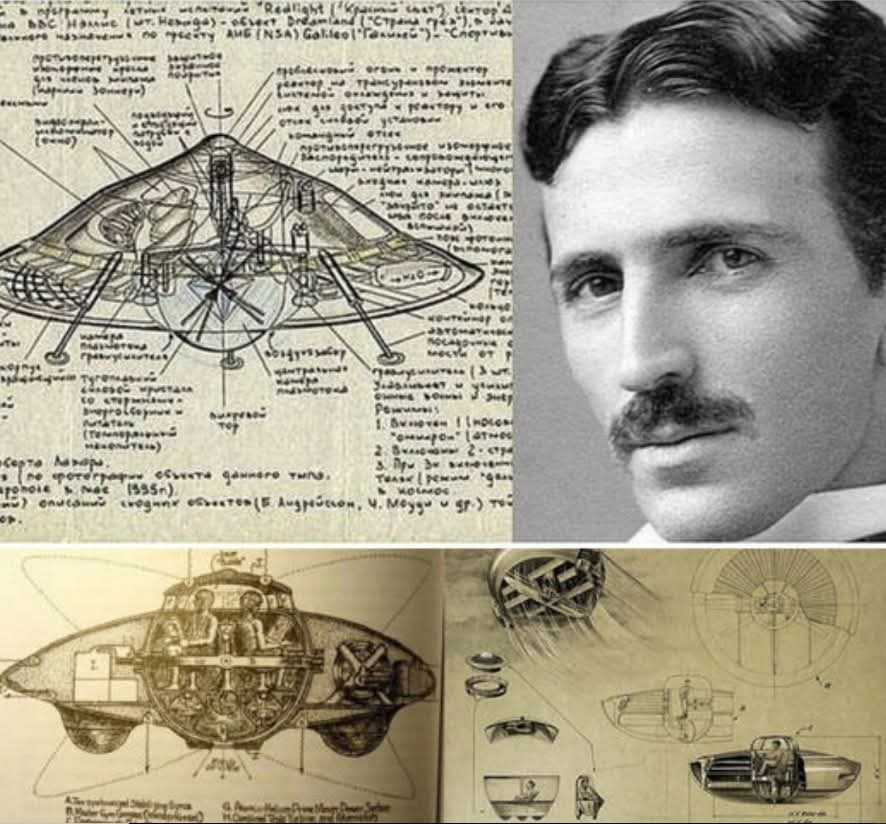
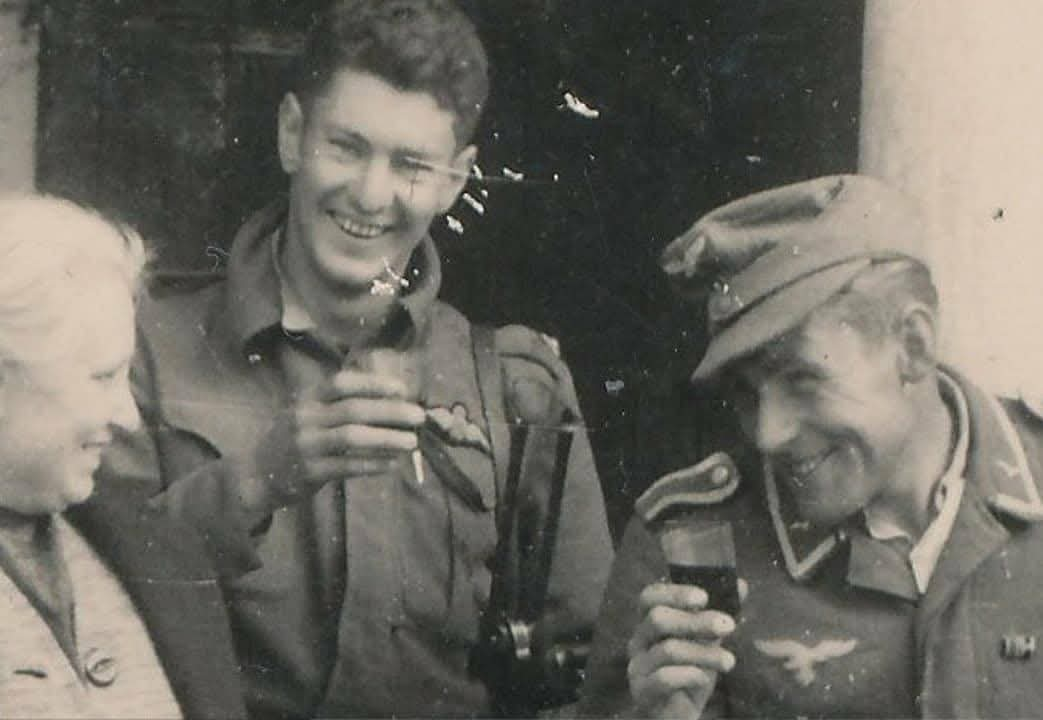
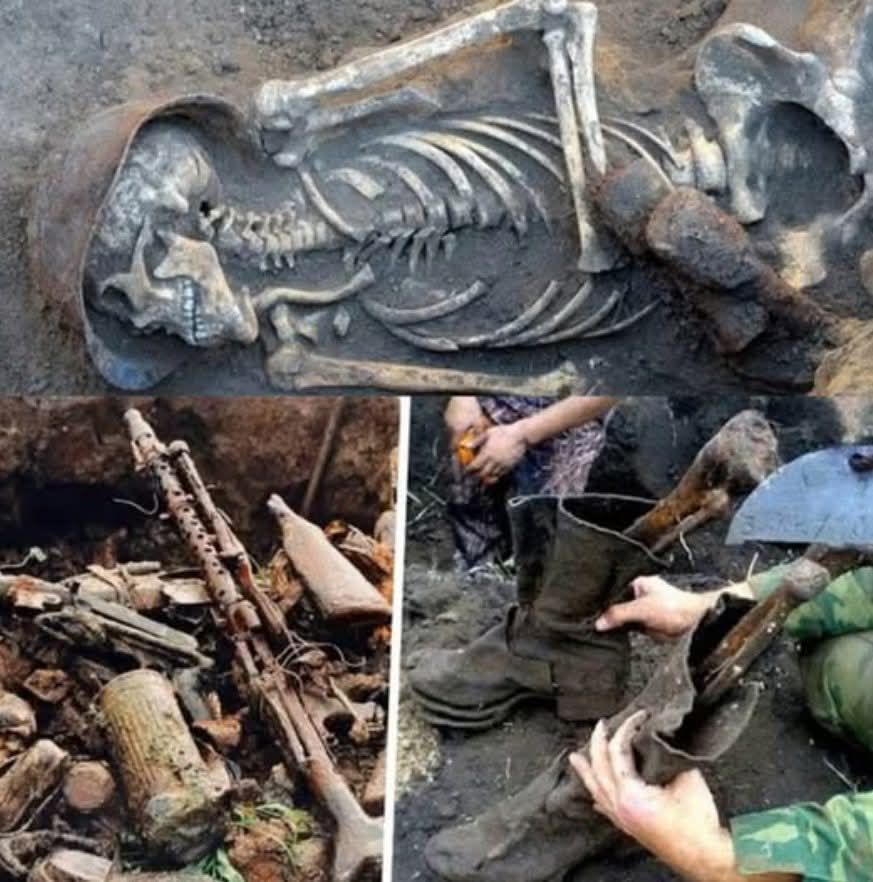

Leave a Reply